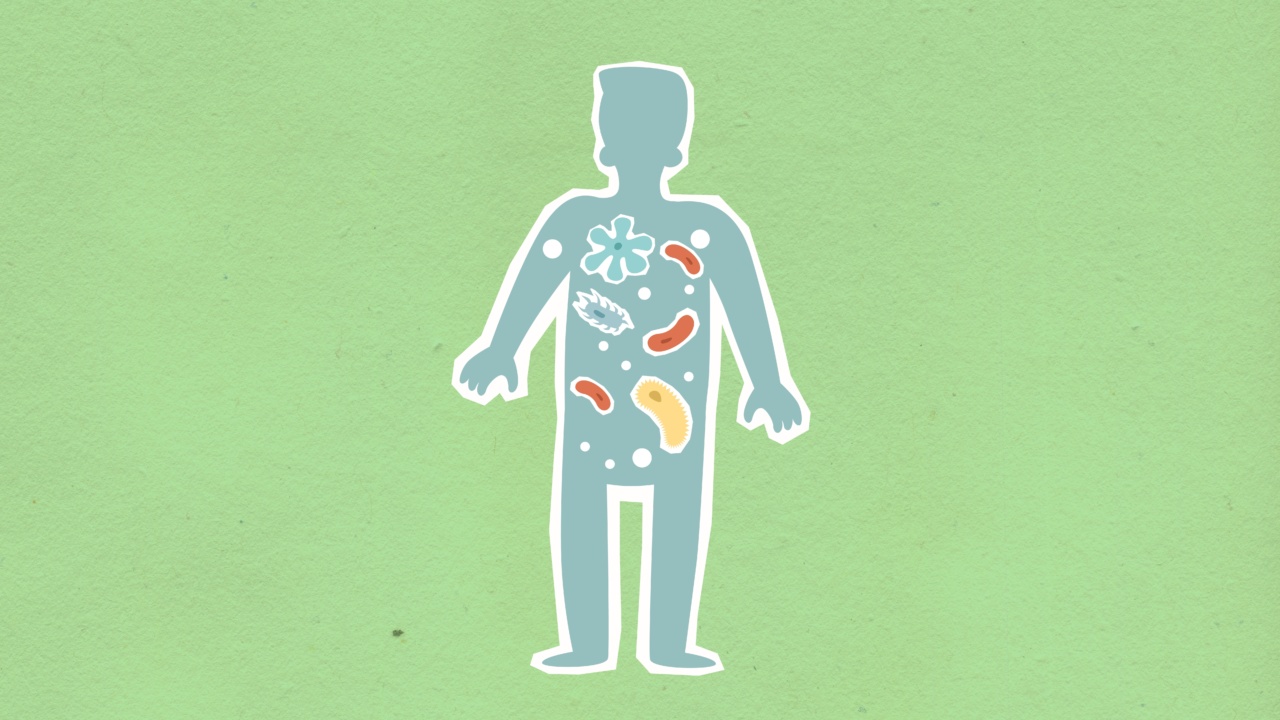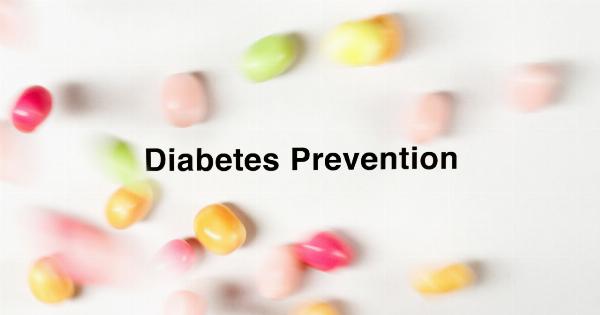Antibiotic resistance has emerged as a global public health concern, posing significant challenges to the treatment of infectious diseases.
However, recent studies have shed light on a new cause for concern – the spread of antibiotic-resistant bacteria with newly-coated surfaces. This phenomenon has raised alarm bells in the scientific community, as it presents unique challenges and potential implications for the effectiveness of antibiotics and infection control.
The Rise of Antibiotic Resistance
Before delving into the concerns regarding newly-coated bacteria, it is important to understand the broader issue of antibiotic resistance.
Over the years, the misuse and overuse of antibiotics have contributed to the evolution of bacteria that are resistant to these drugs. This resistance is often the result of genetic mutations or the acquisition of resistance genes through horizontal gene transfer.
Antibiotic resistance poses a formidable threat, as it limits the effectiveness of existing antibiotics and complicates the treatment of bacterial infections.
It can lead to severe consequences, such as prolonged illnesses, increased mortality rates, and higher healthcare costs. Therefore, efforts to combat antibiotic resistance have been a top priority for healthcare organizations and researchers worldwide.
Newly-Coated Bacteria and Antibiotic Resistance
While antibiotic resistance is a well-established concern, the emergence of newly-coated bacteria with antibiotic resistance presents a new set of challenges.
These bacteria are capable of forming biofilms on various surfaces, enabling them to survive and thrive in different environments. The biofilm acts as a protective shield, making it difficult for antibiotics to reach and eliminate the bacterial cells.
Research has shown that the formation of biofilms on newly-coated surfaces is associated with an increased risk of antibiotic resistance.
This is attributed to the unique characteristics of these bacterial communities, which promote the exchange of genetic material and allow bacteria to share antibiotic resistance genes more efficiently. Additionally, the presence of a biofilm provides physical protection and enhances the ability of bacteria to resist the action of antibiotics.
The Implications of Newly-Coated Bacteria
The spread of antibiotic-resistant newly-coated bacteria raises several concerns that have garnered attention in the scientific community. Firstly, it poses a threat to medical devices and implants, such as catheters, prosthetic joints, and pacemakers.
The formation of biofilms on these surfaces not only compromises their functionality but also increases the risk of infections that are difficult to treat.
Moreover, newly-coated bacteria can also contribute to the contamination of food and water sources.
This can lead to the spread of antibiotic-resistant bacterial strains through the consumption of contaminated food or water, further exacerbating the challenge of antibiotic resistance.
Another significant concern is the potential for newly-coated bacteria to act as reservoirs of antibiotic resistance genes.
The transfer of these genes to other bacteria, including human pathogens, can significantly contribute to the spread of antibiotic resistance within healthcare settings and the community at large.
Addressing the Concerns
The spread of antibiotic-resistant newly-coated bacteria requires a proactive approach to minimize the potential consequences and mitigate the risks associated with this phenomenon.
One of the key strategies is the development of effective methods for the prevention and treatment of biofilms on newly-coated surfaces.
Researchers are exploring various approaches, including the use of antimicrobial coatings that can prevent the formation of biofilms or disrupt existing ones.
These coatings may incorporate antimicrobial agents or utilize physical properties to inhibit bacterial adherence and proliferation. Additionally, advancements in nanotechnology offer promising prospects for the development of innovative materials that can combat biofilm formation.
Furthermore, healthcare institutions and regulatory agencies need to implement stringent infection control practices to reduce the risk of spreading antibiotic-resistant bacteria.
This includes adhering to proper hand hygiene protocols, implementing appropriate sterilization procedures for medical devices, and promoting responsible antibiotic use to prevent the emergence of resistance.
Conclusion
The concerns surrounding the spread of antibiotic-resistant newly-coated bacteria highlight the need for proactive measures to address this emerging threat.
The formation of biofilms on newly-coated surfaces poses challenges to the effectiveness of antibiotics and infection control.
By investing in research and development, improving infection control practices, and promoting responsible antibiotic use, we can work towards reducing the risks associated with this phenomenon and safeguarding the effectiveness of antibiotics in the face of antibiotic resistance.





























